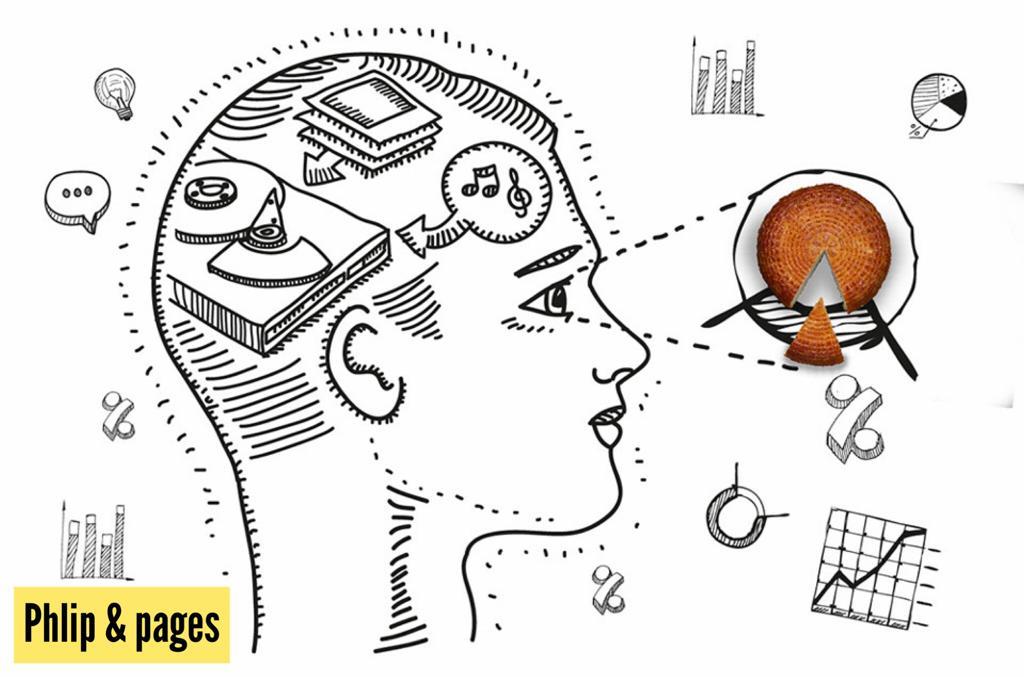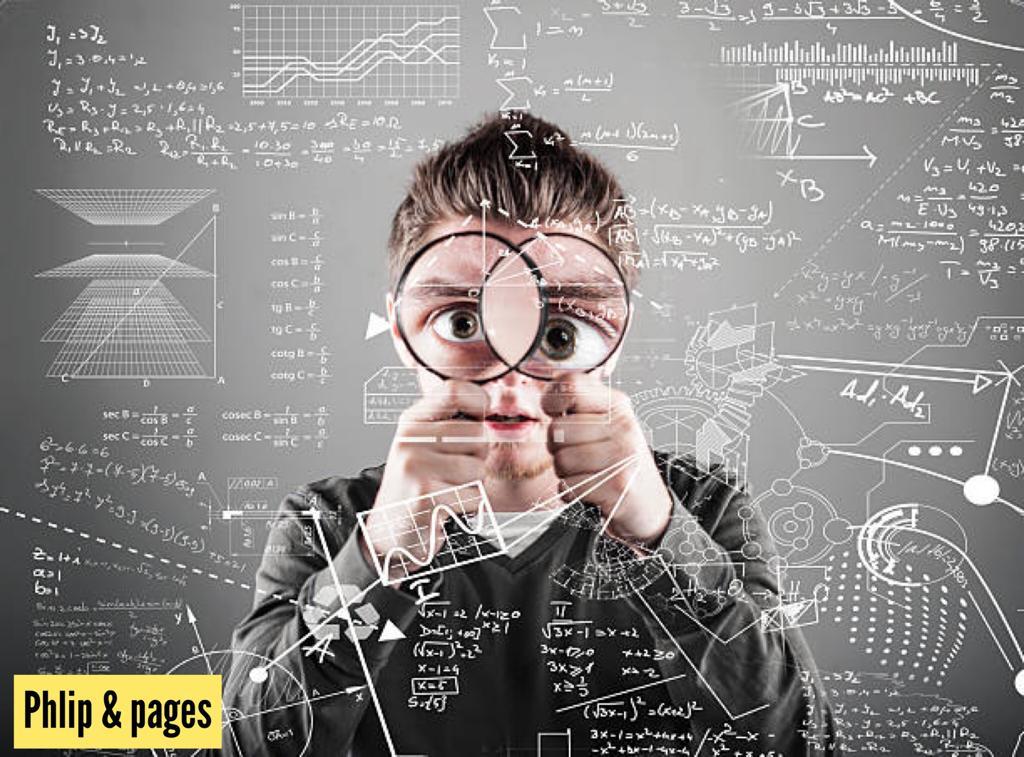Vision is a remarkable sense that profoundly shapes our understanding of the world. Through our eyes, we perceive and interpret the visual stimuli around us, forming a significant portion of our perception and cognition. In this article, we will delve into the power of vision, discussing its significance in human perception and cognition while exploring how much of our understanding of the world is shaped by what we see.
The Visual System: A Window to Our Surroundings

Our visual system serves as a window through which we gain insights about our surroundings. It allows us to observe details, recognize objects, and navigate our environment with precision. From appreciating art and nature’s beauty to recognizing faces or reading words on a page, vision plays an integral role in shaping how we interact with and interpret the world.
Visual Perception: Making Sense of What We See
Visual perception refers to how our brain processes incoming visual information from our eyes. This complex process involves various stages such as feature detection, object recognition,and spatial awareness.Visual cues like color, shape,size,and motion are analyzed by specialized regions withinour brains,resulting in coherent mental representationsof the visual world.We rely heavily on these interpretations for decision-making,navigation,social interactions,and overall cognitive functioning.
Depth Perception: Understanding Spatial Relationships

One essential aspect facilitated by vision is depth perception—the ability to perceive distances accurately.This skill enables us to judge relative positions,determine object size,detect 3D structures,and navigate safely.Depth cues like binocular disparity (the difference between images seen by each eye),motion parallax,perspective,constancy,and shading provide critical information for creating an accurate sense of spatial relationshipsand depth in our world.Thanks to depth perception,virtual environments can be experienced immersively through technologies like virtual reality(VR).
Visual Learning: Knowledge Acquisition through Sight
Vision plays a fundamental role in how we acquire and process knowledge. As children, we learn to recognize letters,words,shapes,and colors by visual observation.Visual learning continues throughout our lives as we read books, watch educational videos,and engage with visual media.Visual illustrations and diagrams enhance comprehension of complex concepts across various disciplines like science,mathematics,and art.Vision enables us to absorb information efficiently and make connections between different ideas.
Emotional Impact: The Power of Visual Stimuli

Visual stimuli have a profound emotional impact on us. Images can evoke feelings of joy,sadness,fear or awe.Artists skillfully use color palettes,line compositions,and visual storytelling techniques to elicit specific emotions within viewers.Advertisers understand the persuasive power visuals hold—using captivating images to influence consumer behavior.Our emotional responses to visual cues demonstrate the deep connection between vision and our overall well-being.
Adaptability: Vision’s Ability to Compensate and Adapt
Our visual system is remarkably adaptable. In cases where individuals experience vision loss,damage or impairments,the brain can compensate through neuroplasticity—the ability for neural networks to reorganize themselves.This adaptability allows individuals with impaired visionto develop enhanced auditory,tactileor other sensory skills,to navigate their environment effectively.Innovative technologies such as braille displays,text-to-speech software,and assistive devices further empower visually impaired individuals.
Conclusion
The power of vision cannot be overstated.Its significance in human perception,cognition,knowledge acquisition,and emotional experiences shapes how we interact with and understand the world around us.Vision provides richness,color,motion,perspectiveanddepth that enrich our daily lives.By appreciating the marvels of vision,we gaina deeper understandingofhow this sense influencesourperceptionof realityand contributes profoundlytoour experiences as humans
















